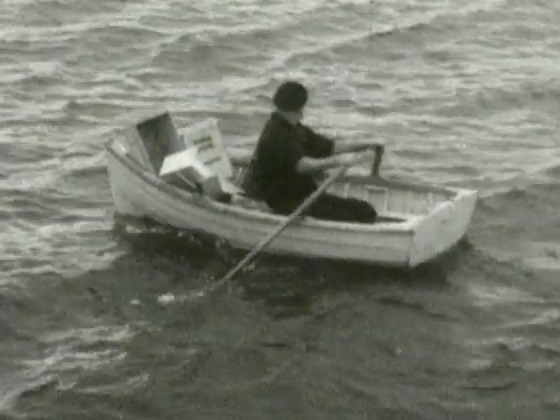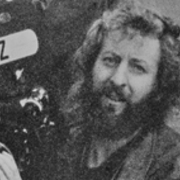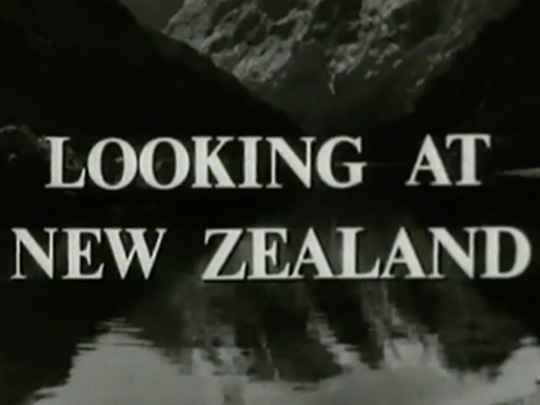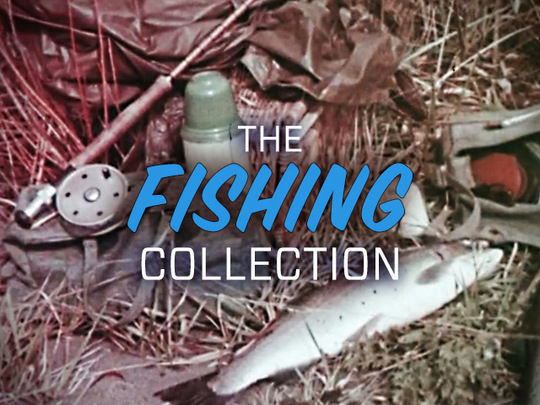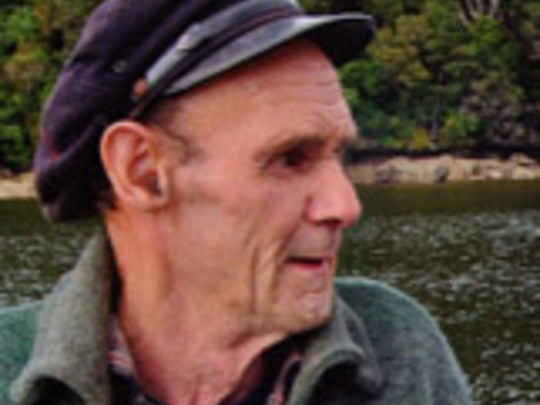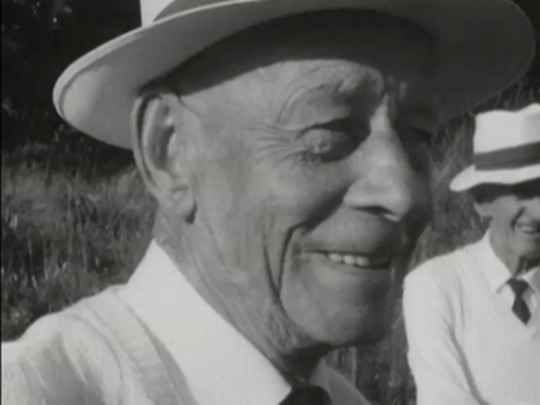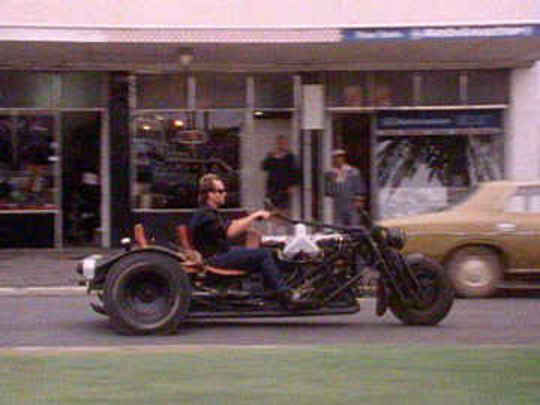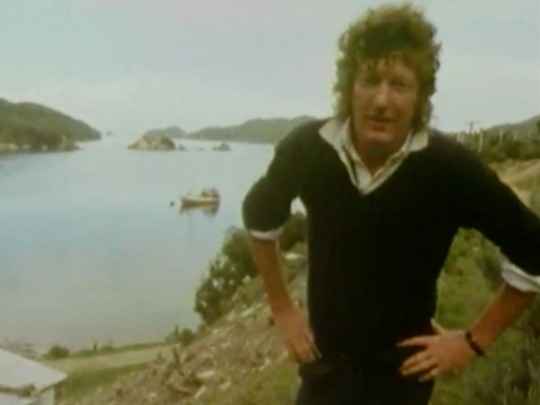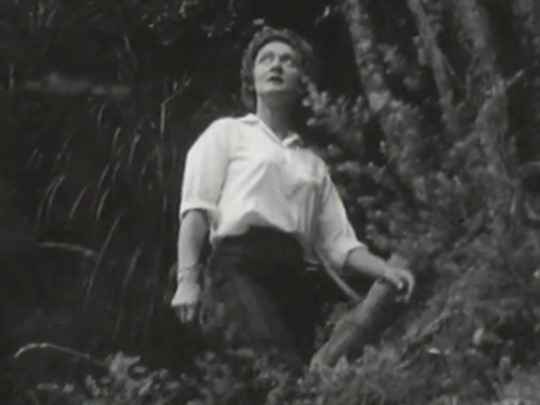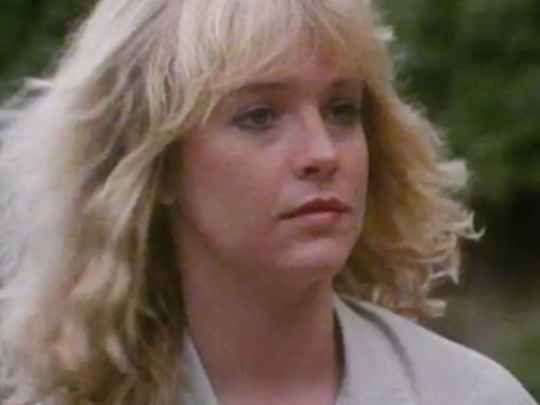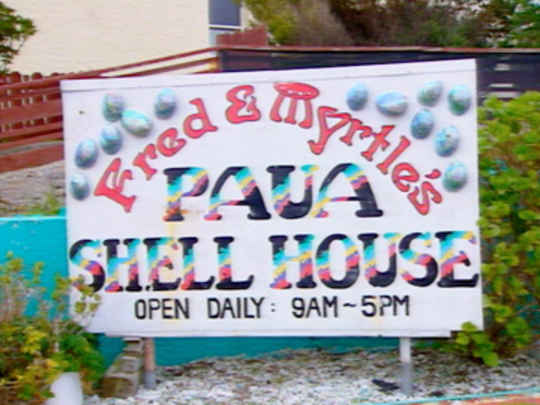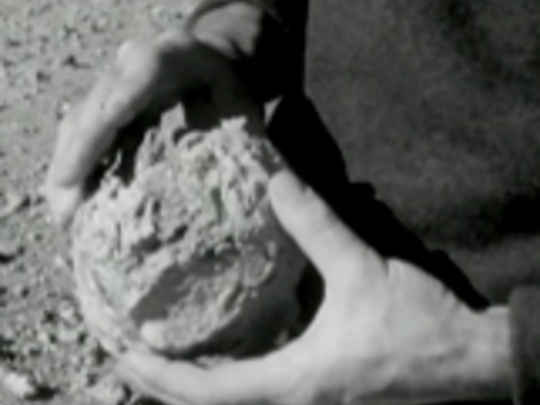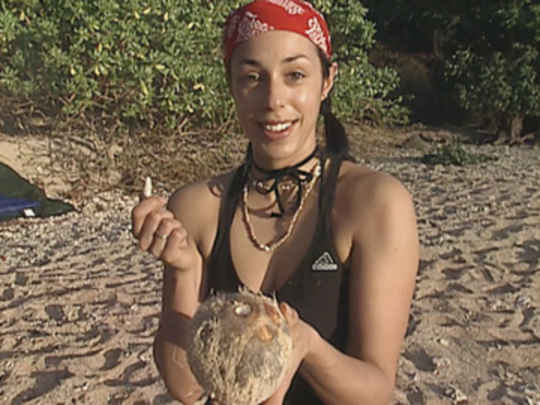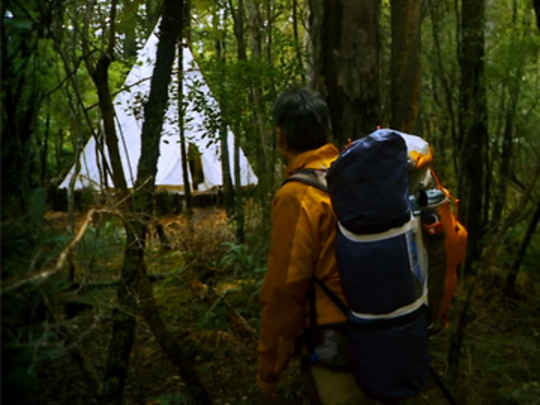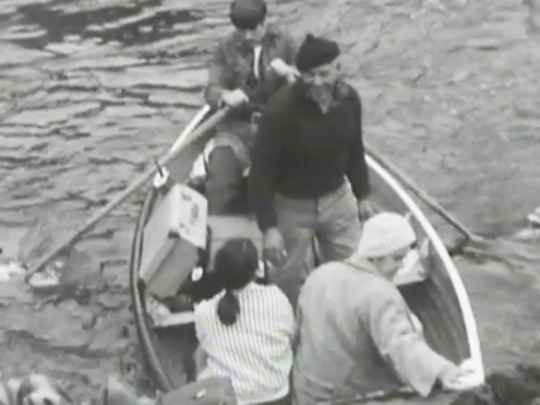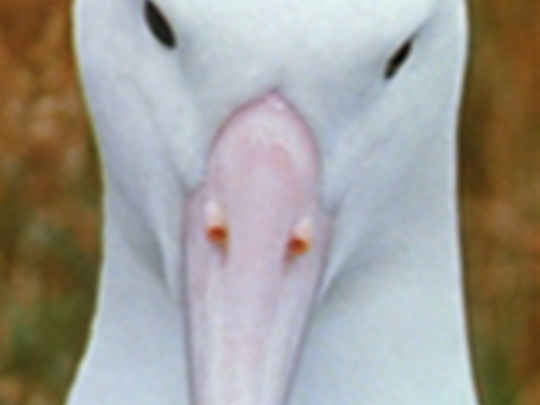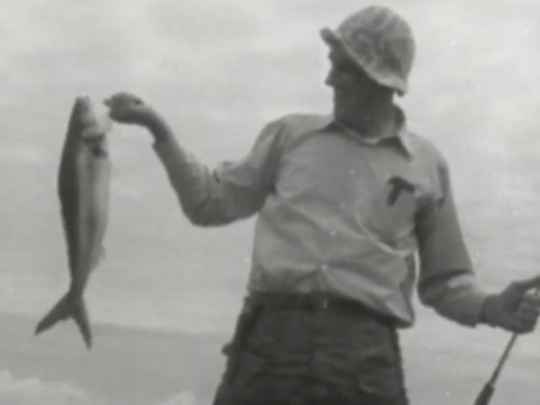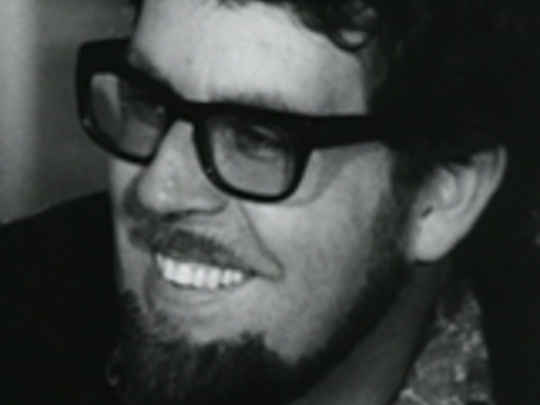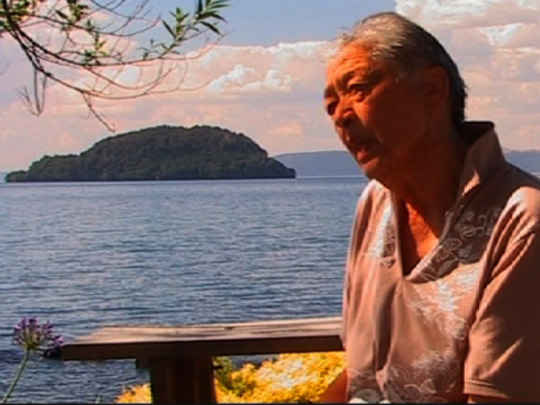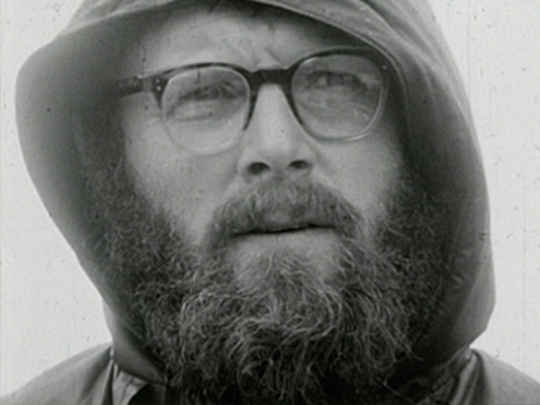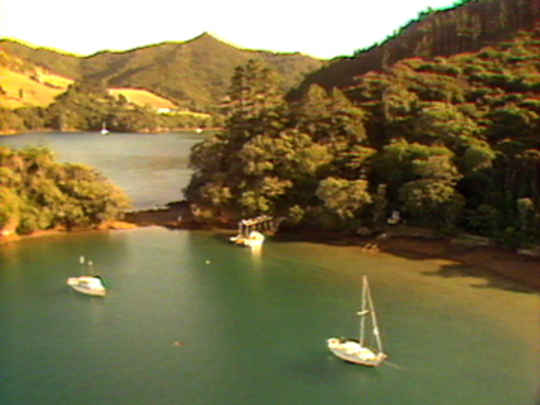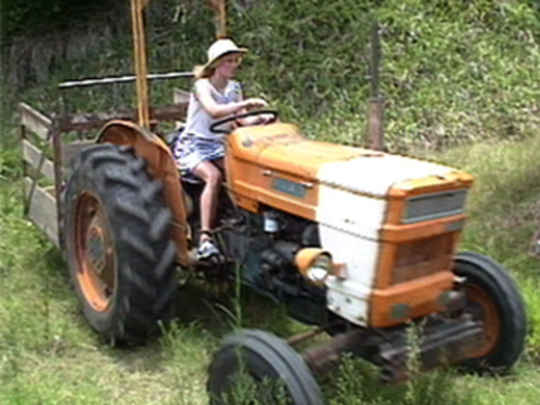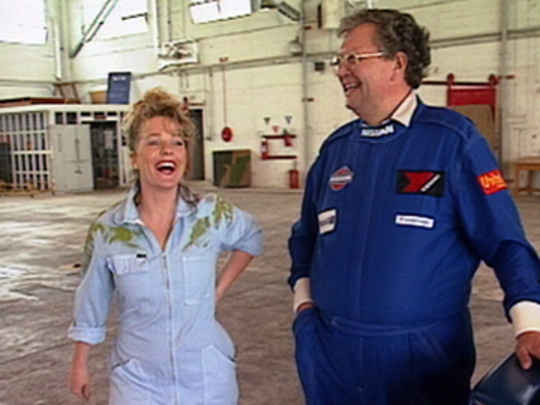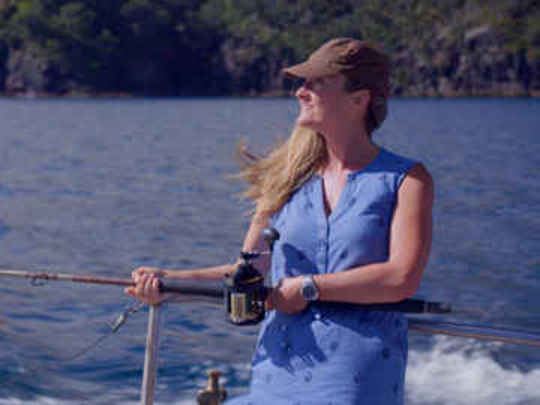Looking at New Zealand - The Third Island
Television (Full Length Episode) – 1968
A director's perspective
Looking at New Zealand was originated and developed by producer Conon Fraser, and grew in sophistication over time. To a large extent it relied on relationships built up with stringers — cameramen (and one woman) around the country not directly employed by NZBC-TV who shot film material in their local areas for use in news and other programmes.
They usually worked alone, following instructions from Wellington, but a plan evolved at Head Office for a director to travel to locations, to bring professional sophistication and help develop craft. In reality, stringers were already skilled and innovative in setting up shots, and usually had a keen sense of how to shape material (developed from having to plan shoots on their own) even though they never had the opportunity to be involved in post production.
Finding myself cast in the curious role of guru felt a bit silly, as the supposed devotees were older than I was, but they handled it with good grace, and we always hit it off.
In essence they were ciné enthusiasts who enjoyed bringing their part of the country to a wider audience, and the challenge of getting the shots to do so. Like all enthusiasts, they liked to talk long and late about techniques and technicalities, and we had much affinity, as my own film production projects (none of which, incidentally, had anything to do with NZBC-TV) had also involved buying, building or adapting equipment, and developing screen techniques.
A few stringers in main cities (such as Pierre Lods in Christchurch and a couple in Auckland) operated as part of film production companies, supplementing NZBC-TV staff camera crews, but most had learned their craft and built up equipment on their own in places such as Wanganui (Brian Lehrke, mostly remembered nowadays for the 'Turkeys in Gumboots' spoof he conceived and shot for Town and Around) or Gisborne (Anne McKay, the only woman) or Invercargill, where Noel Lee, who shot this programme, took time off from his 'day job' as an electrical contractor.
Noel went on to acquire more sophisticated camera equipment and shoot many other things. He was still floating around as an interested observer several years later (after stringer activity had mostly faded away) when I returned to Stewart Island to shoot Trouble and Other Friends of Ours for TVNZ, independently by then.
This Looking at New Zealand shoot must have been Noel's biggest to date. He had visited the island before, and there are a couple of scenes included in the show that he shot earlier off his own bat.
Just the two of us flew to Stewart Island. The tiny production budget saw me doubling as the location sound recordist. As with all such location shoots, it was impossible to predict just what we would come across; only that each encounter would alter the shape of the programme as we went along (like the sole taxi driver, or those wonderful weathered faces in the pub and the church).
Shooting on location with a stringer was refreshing, as we were free to operate without paying heed to equipment requisition forms and time sheets and overtime limits and accounts documentation and all the stuff with which full-time staff operations in the city could be smothered — a grant of freedom something like an airline pilot getting away from a routine regulated schedule to fly a glider with a mate in the weekend.
This show must have been about the first at NZBC-TV for which I had full free reign to shape material as I saw fit in terms of visual style, pace, flow, and all that stuff, so I remember it better than most.
Everything was shot without sync sound because Noel didn't then have a sound camera (though in the editing room we bodgied up a few words of 'sync' here and there, about as convincingly as a spaghetti western). That led to the style of using a lot of reflective voice over. I remember agonising over whether it made logical sense to add the sound of Mab Prentice's breath blowing out a match after lighting a lamp when she was simultaneously speaking in voice over — a theoretical consideration that now seems rather, er, abstruse.
There was nearly zero incidental music. This was a rather unusual decision at that time, intended to avoid any hint of 'chocolate box' flavour, something that Looking at New Zealand had occasionally drifted towards, and which would have jarred with the raw, rugged reality of Stewart Island.
Narration was read by Peter Brian, one of the regulars (another was Keith Hambleton) who each week gave the programme its authoritative and — from the present day [2013] perspective — rather fruity tone. They could extract full value from a script after only a couple of preliminary read-throughs, then lay it down in a single take as part of the sound mix. They were very, very good. As were the sound mixers (usually John Carpenter, sometimes Dave Potter).
I have a hazy recollection that Conon was on annual leave (a very rare event) when this episode went to air, because when we finished the cut I showed it to Mike Scott-Smith, not Conon, and pleaded for a very slight extension to the standard run time.
This particular show was something of a milestone because it was the first devoted to a single subject, with a location director, something we had been moving towards for a while. The format had initially followed the earlier title Pictorial Magazine, being made up of two or three or four items, and had more of a 'magazine' flavour.
The slim resources afforded to Looking at New Zealand meant that it was always a struggle to get each show to air, and sometimes a miracle that it did. It was essential to be able to shoot fast, cut fast and write fast. More sophisticated programmes were only made possible by scrimping on less sophisticated ones.
Our friends at the National Film Unit could hang around remote spots for day after day waiting for, say, mist written into the script or the perfect sunset, but for us, however things happened to be on that day at that hour is how we shot it. If that didn't fit preconceptions, the story was just rejigged to fit.
Conon was the tactical commander in a continuing battle to scrounge time and resources. He and I were the entire production staff at this time — and at one stage he'd managed the whole thing on his own. At 'Television House' in our little production office hidden up the back on the top floor, or zipping up and down those back stairs to the editing rooms or mixing theatre, Conon's tall, always upright figure (he'd been a British Army officer) could often appear worried, but never frazzled.
As well as the mechanics of getting the show to air each week, time was somehow still found for research into upcoming subject ideas, many suggested by stringers.
Content was all that mattered. The contemporary programme Town and Around might have presenters mugging at the camera and begging viewers to "look at me", but the subjects of all our shows were, well, the subjects.
They were always interesting. Being on location to shoot Larnarch Castle near Dunedin, or the ski scene at Queenstown, or whitebaiting, or the Kanieri gold dredge, or the Kokatahi Band, or helicopter greenstone extraction near Hokitika, or the salt works at Grassmere, or cement making near Takaka, or a wine festival near Auckland, or a Ringatu festival near Gisborne ... provided opportunities to meet interesting people and see all sorts of odd facets of the country.
A while later (after I'd been assigned as producer of Country Calendar) during a long relaxed evening with the crew on location, we figured that, including personal travel, I'd visited every place in New Zealand that had an official Post Office — somebody must have had a list — except for one. Damned if I can now remember which the missing one was, or if I ever got there.
Nb. What is shown here by NZ On Screen is not the complete programme as seen in 1968, but only the film and sound rolls used when compiling Looking at New Zealand to videotape, so the head title, end production credits, dissolves, the final fade out, etc do not appear. Also missing are final 'tidy-up' snippets for both picture and sound, added during compilation (there must have been something added in place of the blank white section after the funeral procession, for example).
Unfortunately there is an unwelcome later addition — the gunk on the picture, which will have come from tape splices bleeding during the several decades the film has been stored. This is the reversal film stock that originally went through the camera — no budget for negative matching or grading — and jumpy edits are because shots are simply spliced together with sticky tape (would you believe that 17 years later we were still doing the same thing on the drama Roche?).
The videotape compilation process occurred each Friday afternoon (I think) and tapes were physically sent to AKTV2, CHTV3 and DNTV2 for transmission on Sunday evening. Our few days shooting in Stewart Island must have included that time slot, as shown by the rather cheeky inclusion of our programme on the TV screen at the pub.
Anyway, enough waffle. It's interesting to see this thing again after so long. Despite the missing bits and the gunk all over the picture, for very early stuff it doesn't look all that shabby!
